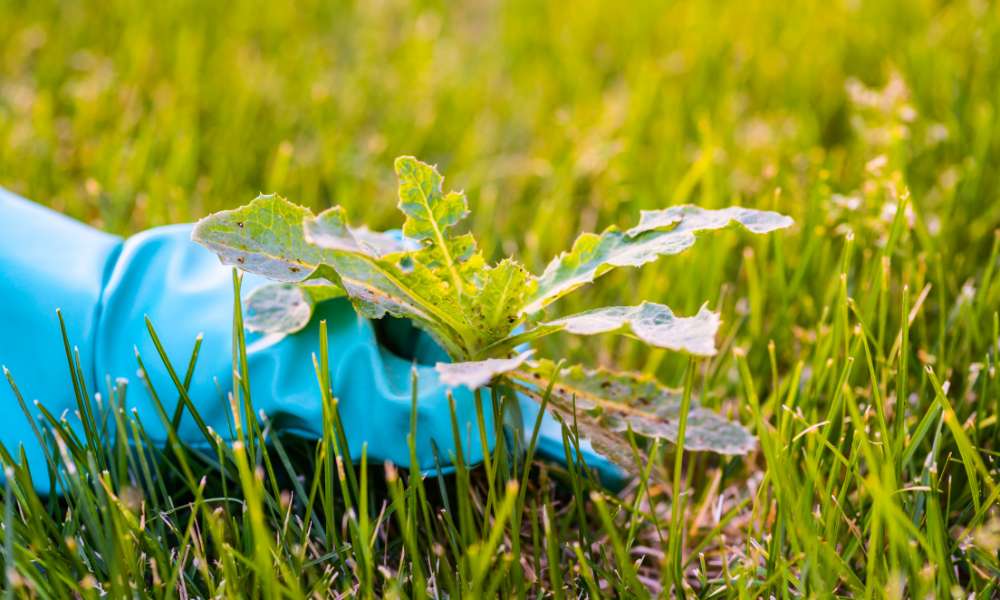Removing weeds from your lawn is a critical step towards maintaining a healthy and visually appealing outdoor space. This guide on how to remove weeds from your lawn not only promises to provide you with effective strategies but also highlights the importance of keeping your lawn weed-free. A well-maintained lawn brings numerous benefits, including enhanced curb appeal, a safe place for family activities, and the promotion of biodiversity by supporting various plants and wildlife. By focusing on how to efficiently eliminate weeds, this article ensures your efforts contribute significantly to the overall health and beauty of your garden. Embrace these insights to enjoy a lush, vibrant lawn that reflects your commitment to quality outdoor living.
What Is The Best Time To Remove Weeds From My Lawn?
The best time to remove weeds from your lawn is during the early spring or late fall when the weeds are actively growing. This is because these are more vulnerable and easier to pull out during these times. It’s important to remove weeds before they have a chance to flower and spread their seeds, which can lead to more weed growth in your land.
How Can I Prevent Weeds From Coming Back After Removal?
Preventing weeds from coming back after removal requires a combination of proactive measures and consistent maintenance. One effective method is to apply a thick layer of mulch in your garden beds, which helps to suppress weed growth by blocking sunlight and preventing weed seeds from germinating. Additionally, regularly pulling out any new weed sprouts as soon as they appear can help prevent them from establishing deep roots and spreading.
Hand Pulling Weeds
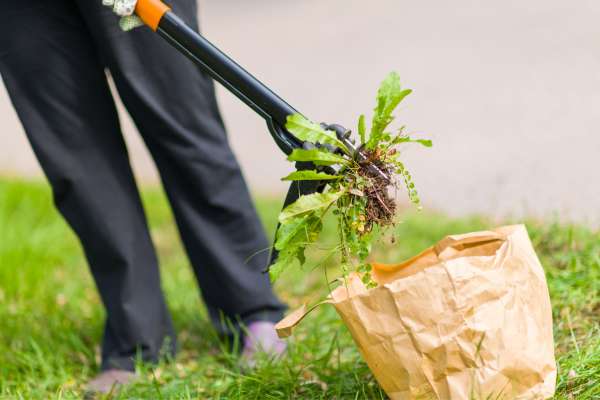
Hand pulling weeds is one of the most effective and environmentally friendly methods to remove weeds from your lawn. This technique allows for the complete removal of weeds, including their roots, preventing them from regrowing. It’s especially important to hand pull weeds after a rain when the soil is moist, and roots come out more easily. This method not only helps in maintaining a pristine lawn but also ensures that the use of chemicals is minimized, promoting a healthier environment for your family and pets. Additionally, regular hand pulling can significantly reduce the weed population over time, making your lawn maintenance more manageable.
Using Drip Irrigation or Soaker Hoses
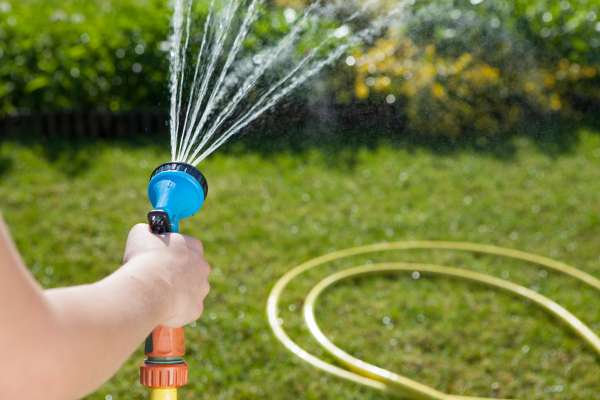
Drip irrigation or soaker hoses offer a strategic approach to lawn care, concentrating water at the root level of your grass and plants. This targeted watering method discourages weed growth by minimizing excess water on the land’s surface, which weeds thrive on. By using drip irrigation or soaker hoses, you ensure that your lawn receives the right amount of water directly where it’s needed, promoting deeper root growth and a healthier land. This technique not only conserves water but also reduces the conditions favorable for weed germination and proliferation.
Addressing Bare Spots Promptly
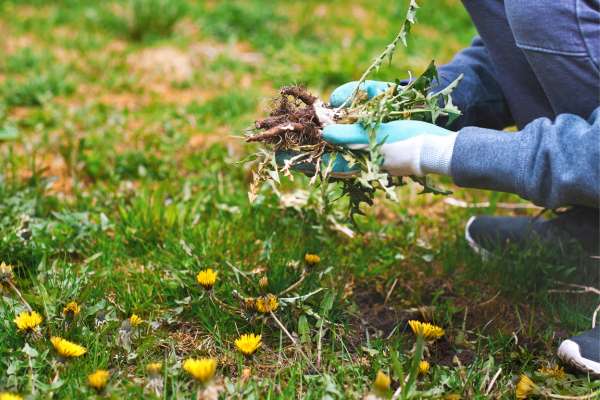
Bare spots in your lawn are inviting areas for weeds to take hold and spread. To prevent this, it’s crucial to address and repair bare spots promptly. By overseeding these areas or applying a patching product, you can encourage the growth of grass and reduce the chances of weeds establishing themselves. A dense, healthy land leaves little room for weeds to grow, making this an effective strategy in weed prevention. Furthermore, maintaining a lush land through proper feeding, mowing, and watering practices can deter weed invasion and enhance the overall beauty of your outdoor space.
Organic Weed Control Methods
1. Homemade Weed Killers
The use of homemade weed killers is a safe, effective, and budget-friendly approach to removing weeds from your lawn. These solutions often utilize household ingredients like vinegar, salt, and soap. Vinegar, with its acetic acid, is particularly effective against young weed sprouts, acting as a desiccant and drying out the plant. When combined with salt, which disrupts the internal water balance of weeds, and a dash of soap to enhance adherence to the weed’s surface, this mixture can be a potent herbicide. However, precision in application is crucial to avoid harming desirable plants and grass.
2. Natural Herbicides And Alternatives
Beyond homemade mixtures, there are commercially available natural herbicides that serve as effective alternatives to their chemical counterparts. These products typically use ingredients like citrus oil, clove oil, or corn gluten meal, which work to suppress weed growth without damaging the surrounding grass. Additionally, practices such as solarization, which involves using clear plastic to trap the sun’s heat and kill weed, offer chemical-free ways to prepare large areas for planting. By choosing these natural alternatives, you’re not only helping to remove weeds from your lawn but also contributing to the preservation of the environment.
3. Using Mulch And Cover Crops For Prevention
Prevention is key in the fight against weeds, and using mulch and cover crops is a highly effective strategy. Mulch, whether organic or inorganic, serves as a physical barrier that blocks sunlight, preventing weed seeds from germinating. Organic mulches, like wood chips or straw, have the added benefit of enriching the soil as they decompose. Similarly, cover crops such as clover or rye can be planted during the off-season to outcompete weed, improve soil health, and prevent erosion. These methods not only help remove weeds from your lawn but also enhance the overall fertility and water retention of your soil, supporting a lush, healthy land.
Using Weed Barrier Fabric
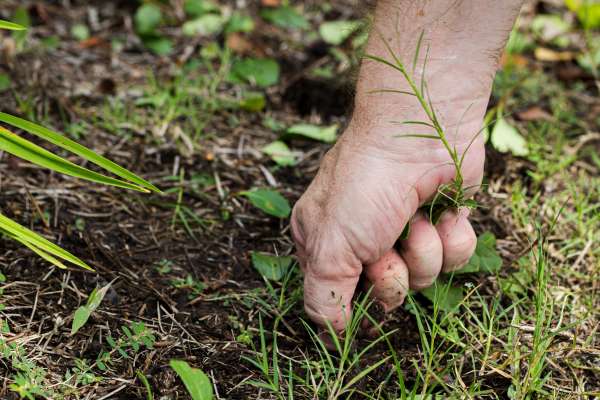
Weed barrier fabric is a physical barrier laid over the soil and under the mulch in garden beds or specific areas of your lawn. This fabric blocks sunlight, which weeds need to grow, effectively suffocating them while still allowing water and air to reach the soil and the roots of your desired plants. When used correctly, weed barrier fabric can significantly reduce the number of weeds in your land, making maintenance easier and more efficient. It’s an excellent option for those looking to reduce the reliance on chemical weed killers and for areas where hand pulling is not feasible.
Companion Planting For Weed Control
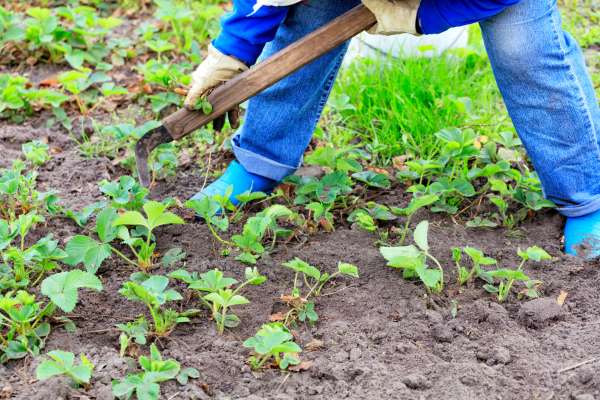
Companion planting is a natural and effective method to control weeds in your garden and land. By strategically pairing plants that complement each other’s growth habits, you can suppress weed growth and create a healthy ecosystem for your desired plants to thrive. For example, planting dense ground covers like clover or creeping thyme around vegetables helps smother out unwanted by blocking out sunlight.
Making Weed Removal A Collective Effort
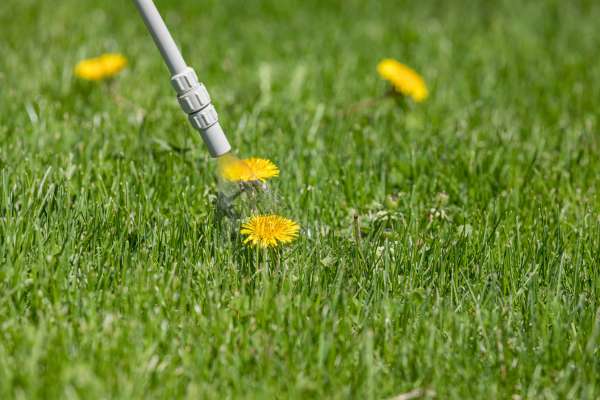
One effective strategy is to introduce alternative landscaping options like planting clover lawns, which not only help in choking out weeds but also provide numerous environmental benefits. By educating your neighbors about the advantages of lands and encouraging them to replace traditional turf with this eco-friendly option, you can reduce the overall prevalence of weeds in your neighborhood. Additionally, creating online forums or social media groups dedicated to sharing tips and resources for weed removal can further enhance community engagement and make it easier for individuals to seek advice or support when dealing with persistent weeds.
Utilizing Technology
1. Apps For Weed Identification
Using apps for weed identification can be a game-changer for anyone looking to maintain a pristine lawn or garden. By simply snapping a photo of the weed in question, these apps can quickly analyze the plant and provide detailed information on its characteristics, growth habits, and potential control methods. This not only saves time and effort but also allows users to effectively target and remove weeds from their lawn without damaging desired plants.
2. Smart Irrigation Systems For Efficient Watering
Smart irrigation systems have revolutionized lawn care by ensuring that your grass and plants receive the optimal amount of water. These systems can be programmed to water your lawn at the most effective times, often early in the morning or late in the evening to minimize evaporation losses. More sophisticated models can even adjust watering schedules based on weather predictions and soil moisture levels. By maintaining a healthy balance of moisture, you discourage the growth of certain weeds that thrive in overly wet or dry conditions. Efficient watering, guided by smart technology, not only helps in the battle against weeds but also promotes the health and beauty of your lawn.
3. Online Resources For Lawn Care Guidance
The internet is a treasure trove of information for homeowners looking to maintain impeccable lawns. Numerous websites, blogs, and forums are dedicated to gardening and lawn care, offering advice on everything from the basics of lawn maintenance to advanced weed removal techniques. These online resources can guide you in choosing the right tools, understanding the best times for application of treatments, and even in making your lawn care routine more eco-friendly. Additionally, many websites offer interactive platforms where you can ask questions and share experiences with other gardening enthusiasts, making it easier to find solutions tailored to your specific lawn care challenges.
Responding To Sudden Weed Outbreaks
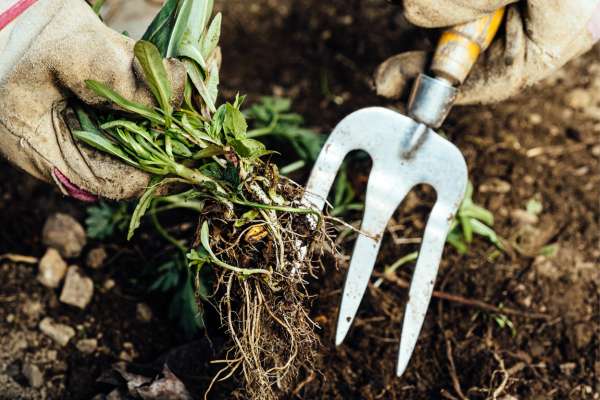
Dealing with sudden weed outbreaks can be frustrating and overwhelming, but it is important to respond promptly and effectively to prevent further damage to your lawn. One of the best ways to tackle this issue is by manually removing the weeds using tools such as a hand trowel or a weeding tool. This method allows you to target the weeds directly and remove them from their roots, preventing them from regrowing and spreading.
Encouraging Biodiversity In The Lawn
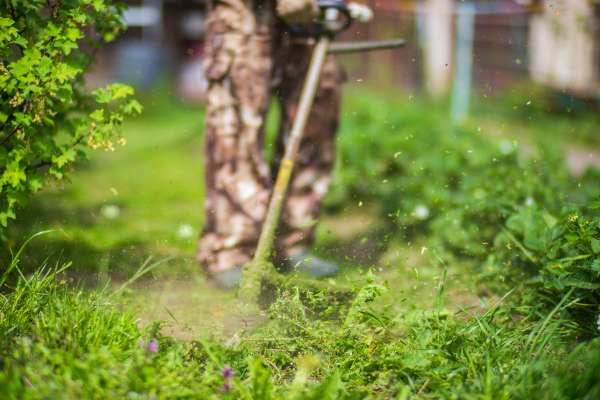
Encouraging biodiversity in the lawn goes beyond just maintaining a lush green expanse. It involves creating a thriving ecosystem that supports various plants, insects, and animals. One effective way to enhance biodiversity is by removing weeds from the lawn. Weeds not only compete with grass for nutrients and sunlight but also disrupt the balance of the ecosystem. By regularly weeding out unwanted plants, you can create space for diverse species to thrive.
The Final Thought
Removing weeds from your lawn is a crucial step in maintaining its health and appearance. By utilizing the appropriate tools and techniques, such as hand-pulling or using herbicides, you can effectively rid your lawn of unwanted weeds. Remember to stay vigilant and regularly inspect your lawn for any new weed growth. Proper lawn care practices, including regular mowing, watering, and fertilizing, can also help prevent weed infestations in the future. Take action today to ensure a lush and weed-free lawn that you can enjoy for years to come.
